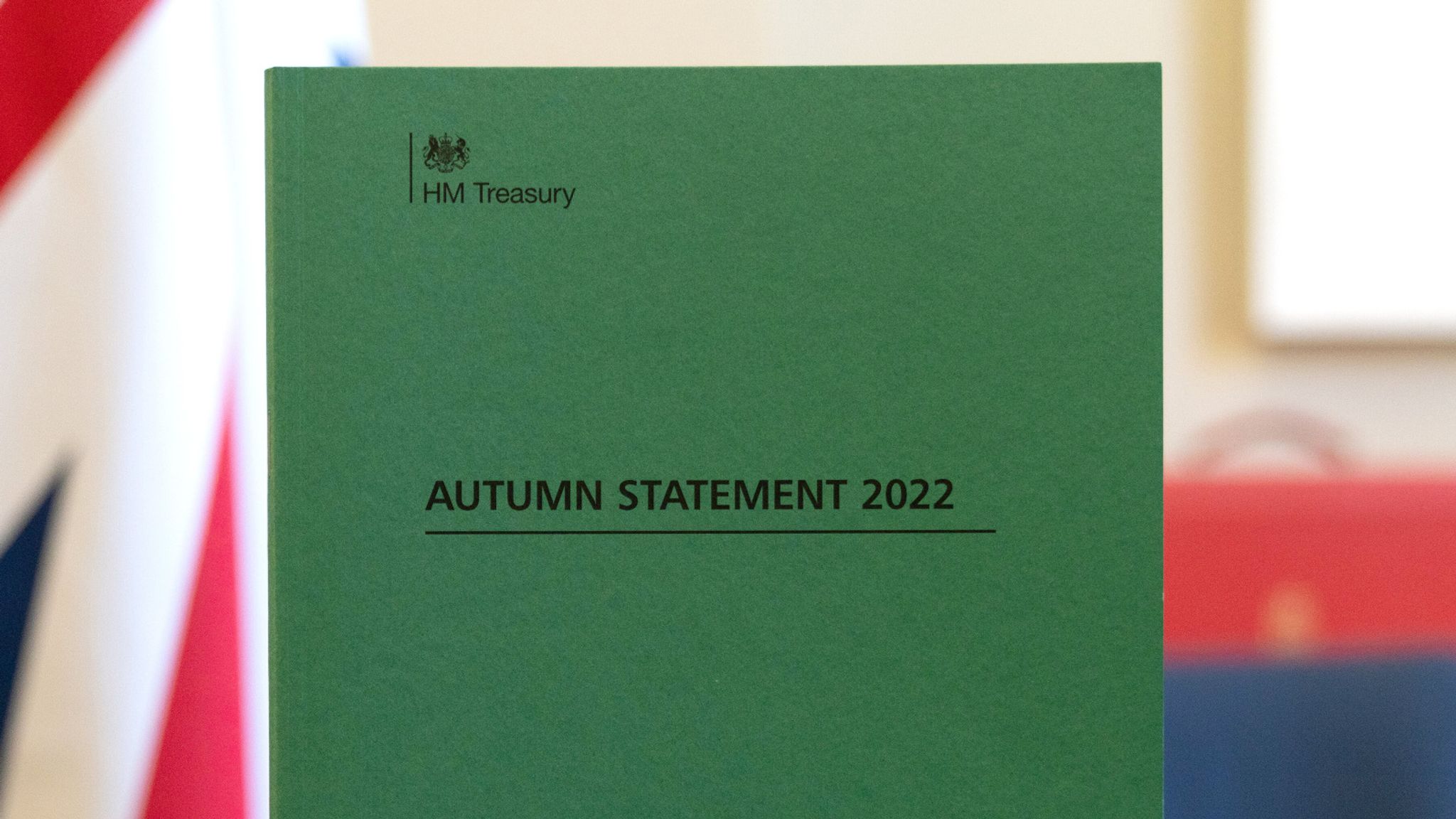Autumn Statement: Reunions and Dilemmas
In our latest piece of analysis on yesterday's Autumn Statement, Dr Colm Murphy charts the 'staggering incoherence' that led to Kwasi Kwarteng's 'Mini Budget', the return of austerity, and the dilemma facing Rachel Reeves and Keir Starmer when devising Labour's fiscal policy.

Estimated Reading Time: 3-5 minutes.
We have long known that Jeremy Hunt's Autumn Statement would be an austere hairshirt. We now finally know quite how prickly. We have also, at last, received updated OBR forecasts following Kwasi Kwarteng's extremely eventful 'fiscal event'. It is difficult to avoid focusing on the dire prospects it promises: a recession until 2024, a steep drop in living standards, and a spike in unemployment.
However, the Statement does have other notable features. The first was Hunt's clear attempt to reconnect fiscal and monetary policy. One of the most baffling aspects of Liz Truss and Kwarteng's autumnal disaster was the staggering incoherence at the heart of UK economic policymaking. The Bank of England were explicitly trying to constrain growth to prevent wage inflation - but it is worth pointing out, not profit-inflation - as a response to inflationary supply-side shocks. At the same time, the Treasury were doling out tax cuts and stoking demand.
That incoherence is over. It is conventional for recent Chancellors to wax lyrical on 'sound money' and proclaim their undying fidelity to the Bank's operational independence. But Hunt could back it up with a £55bn 'consolidation' (squeeze), which allowed him to claim (just) that his fiscal policies reached his (redefined) budgetary target. In contrast to unfunded tax cuts, the tax burden is now projected to reach a postwar record.
The OBR's forecasts also complemented the Bank by signalling, through some choice graphs, that market expectations on interest rates were too hawkish, as Duncan Weldon has perceptively noted. Although it is difficult to see a way to avoid debt distress and a housing market 'correction' (crash), any small easing of interest rates would be welcome respite.
Despite that, both the Treasury and the Bank are pursuing austerity, reunited in purpose once more. Although journalists have spoken, dubiously, of filling a ‘fiscal hole’, the real motivation is to stabilise interest rates and the bond market. The need for stability and sustainability is why even many critics of austerity tacitly accept the need for some form of fiscal consolidation and monetary unwinding at some point. The politics comes over when, to what purpose and who pays.
The government has, to simplify, decided to delay most spending cuts for two years (partly for macroeconomic reasons, partly to screw Labour over). Together with the Bank, it has also decided to stabilise the debt-to-GDP ratio in five years and to raise benefits with inflation, but also to brutally squeeze wages, debtors, and living standards, and postpone badly needed investment in areas like social care, while avoiding major capital taxation. All of those are political choices and others could be taken.
The Statement’s second notable feature was its schizophrenia on the green transition, arguably the most existential challenge for the government today. In times of austerity, it is dangerously easy to cut capital investment (see the 1990s). It was thus welcome that Hunt protected some R&D, education, infrastructure, and transport investment. It was also, superficially, sensible to keep tax breaks for renewables investment even as you impose a windfall tax on hugely profitable energy companies.
Yet, without comparable tax breaks for renewable electricity generators – who will now also pay a windfall tax – it might be that polluters will be taxed less than vital green industries. That seems puzzling, to put it mildly.
Both points are not just relevant to the Sunak-Hunt government, but also to Keir Starmer and Rachel Reeves. Labour in opposition face a dilemma. When devising their fiscal policies, they will need to protect their ambitious and existential green transition investment plan (£28bn a year). They will also face strong pressure to rescue collapsing public services and give public service staff a real pay rise after years of erosion. All of this implies much more government spending and borrowing. Yet, any deviation from Hunt’s planned cuts after 2024 or from a Bank of England-led monetary squeeze will invite scrutiny from a hostile media, sceptical voters, and financial market actors.
We should not fetishise or reify this dilemma. Economists like Simon Wren-Lewis are right to say that markets are not the austerity-loving 'vengeful gods' of lore, and are more concerned about interest rate stability and fiscal plausibility given other trends (which point to a higher public sector ratio of GDP). If Labour ‘play the game’ – develop sensible but not too restrictive fiscal targets, publicly respect the OBR, work with the Bank – they have a shot at success.
Nonetheless, there is a longstanding academic literature on the ‘structural dependence’ of social-democratic parties on capital. Put simply, left-of-centre governments are more likely to be treated harshly by market actors than governments of the right. In the coming years, Hunt may have to cross a narrow plank of wood over the abyss. But Reeves would have to traverse a wobbly tightrope.
Dr Colm Murphy is the Deputy Director of the Mile End Institute and Lecturer in British Politics at Queen Mary University of London.